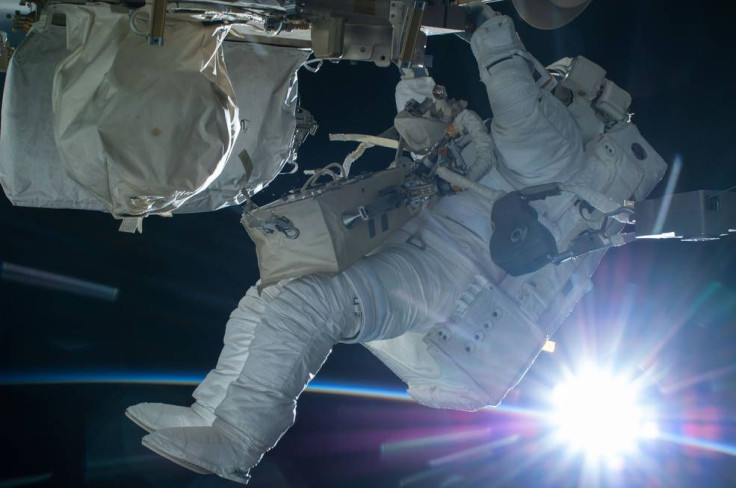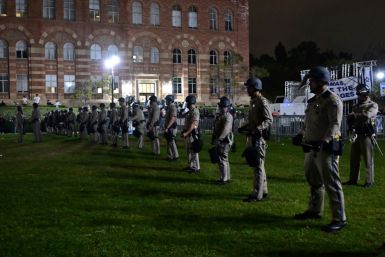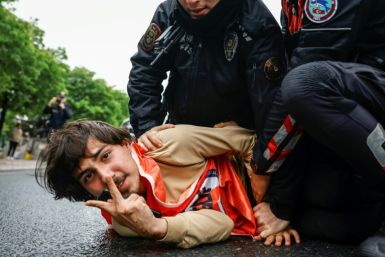18,300 apply for 14 vacant astronaut slots at NASA

When young children are asked what they want to be when they grow up, astronaut is always on the list, along with pilot, doctor, policeman and fireman. That explains why there were more than 18,300 applicants when the National Aeronautics and Space Administration (NASA) posted vacancies in late 2015.
The space agency actually has a maximum of 14 vacant slots, which means it would need to whittle the applicants and eventually say “thank you” to 18,286 astronaut hopefuls. The number is thrice the applicants in an earlier round of recruitment from November 2011 through January 2012. It broke the record of 8,000 applicants in 1978.
What attracted many applicants is the chance to go to the Red Planet, says Charlie Bolden, NASA administrator. He explains in a statement, “It’s not at all surprising to me so many Americans from diverse backgrounds want to personally contribute to blazing the trail on our journey to Mars.”
Bolden continues, “A few exceptionally talented men and women will become the astronauts chosen in this group who will once again launch to space from U.S. soil on American-made spacecraft.” NASA opened the applications on Dec 14 and closed it on Feb 18.
The trimming process, to be made by the Astronaut Selection Board, involves a review of the applications, assessment of qualifications and interviews in Houston for the most highly qualified candidates. Then the final selection is made, says Brian Kelly, Flight Operations director at the Johnson Space Center in Houston.
To trim the 18,300 to 8-14, the selected ones will go through an 18-month process which ends mid-2017. If NASA gets only eight, it would have an acceptance rate of 0.04, or 0.08 if the space agency takes in 14. It is “brutal even compared with the most competitive colleges and universities,” Newsweek points out.
The training would cover spacecraft systems, spacewalking skills and teamwork and Russian language. The first assignment of those who would complete the training is at the Astronaut Office at Johnson. The next step is deployment at the International Space Station, Orion spacecraft for deep space exploration, the Boeing CST-100 Starliner or the SpaceX Crew Dragon. The last two are US-made commercial crew spacecraft still in development stage.






